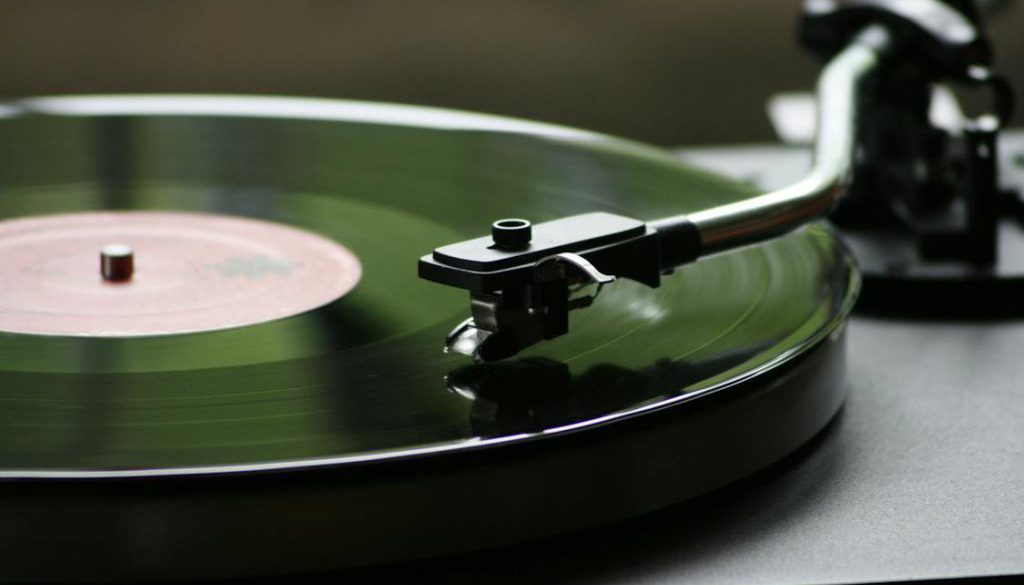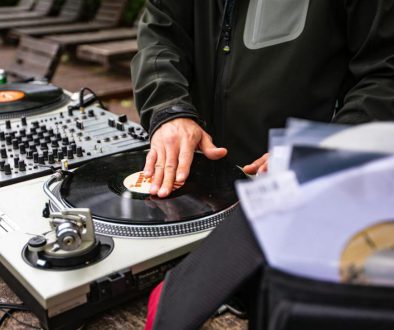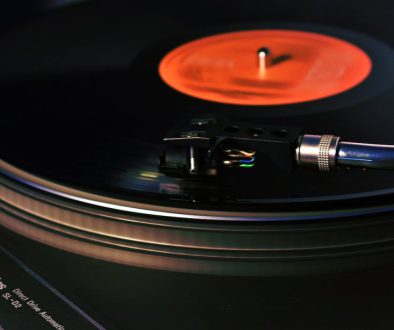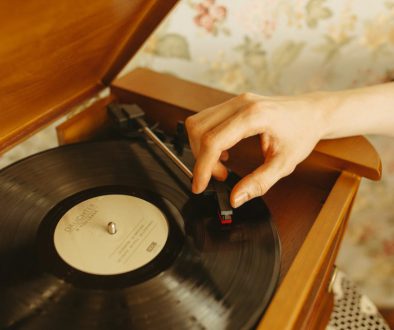Record Player Parts – What Are the Parts of a Record Player Called?
A record player, also known as a turntable, is a device that has fascinated music enthusiasts for decades. Understanding its various components is crucial for both enthusiasts and those new to vinyl records. Each part plays a specific role in delivering the rich, warm sound that vinyl is known for. In this article, we’ll explore the different parts of a record player, explaining their functions and importance in the overall operation of the device.
Plinth
The plinth is the base or the body of the record player. It serves as the foundation and supports all other parts. The quality and material of the plinth are crucial as they affect the player’s stability and vibration resistance. A well-constructed plinth can significantly reduce unwanted vibrations that could affect sound quality.
Platter
The platter is the rotating surface on which the record sits. It is driven by the motor and needs to be both stable and balanced for optimal performance. Platters can be made from various materials, including metal, glass, or acrylic, each contributing differently to the sound and aesthetic of the player.
Motor
The motor is what drives the platter, causing it to spin at a consistent speed. There are two main types of motors used in record players: belt-drive and direct-drive. Belt-drive motors are known for minimizing vibrations, while direct-drive motors offer quicker start-up times and are often preferred by DJs for their durability and speed stability.
Speed Selector
The speed selector allows users to change the rotation speed of the platter to accommodate different types of records. Standard speeds are 33 1/3, 45, and sometimes 78 revolutions per minute (RPM). This versatility is essential for playing a wide range of records.
Stylus or Needle
The stylus, or needle, is a small, pointed component made typically of diamond or another hard material. It travels along the record’s grooves, picking up the mechanical vibrations which are then transformed into sound. The stylus is a critical part of the record player, as its shape and material greatly influence the accuracy and quality of sound reproduction.
Tonearm
The tonearm is a slender arm that holds the cartridge and stylus, allowing them to move across the record. It is designed to balance precisely, providing the right amount of pressure on the record to enable accurate tracking of the grooves without causing damage.
Cartridge
The cartridge is attached to the end of the tonearm and houses the stylus. It converts the mechanical movements of the stylus into electrical signals. There are various types of cartridges, each offering different sound characteristics.
Counterweight
The counterweight is located at the opposite end of the tonearm from the cartridge. It allows you to adjust the tracking force of the stylus on the record, ensuring that the needle tracks the grooves correctly without applying excessive pressure, which could damage the record or degrade sound quality.
Anti-Skate
Anti-skate is a mechanism that counteracts the tendency of the tonearm to move towards the center of the record. This feature ensures that the stylus remains centered in the record groove for accurate playback and prevents unnecessary wear on both the stylus and the record.
Preamp
The preamp, or preamplifier, is an electronic component that amplifies the low-level signal from the cartridge to a level that a standard amplifier can use. Some record players have a built-in preamp, while others require an external one.
Outputs and Inputs
The outputs and inputs of a record player are the connections through which the audio signal is transmitted. Outputs connect the player to an amplifier or speakers, while inputs (less common in basic models) might include connections for additional components like an external preamp or a USB connection for digitizing records.
Conclusion
In conclusion, understanding the parts of a record player is essential for anyone interested in the vinyl listening experience. Each component plays a vital role in the functionality and sound quality of the player. Whether you’re a seasoned audiophile or new to the world of vinyl, appreciating the mechanics behind the music can deepen your enjoyment and appreciation of this enduring format.



